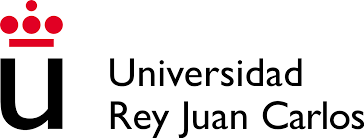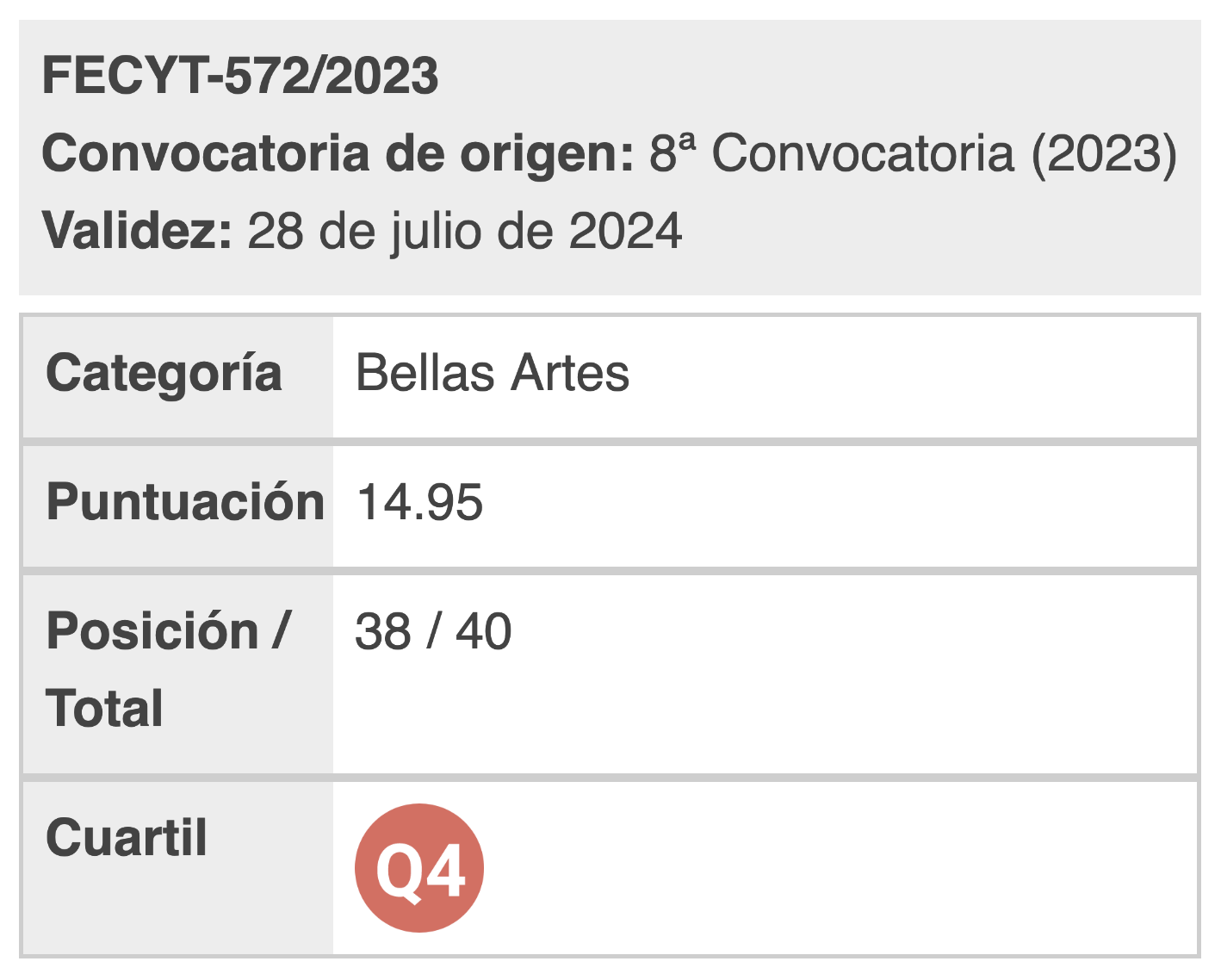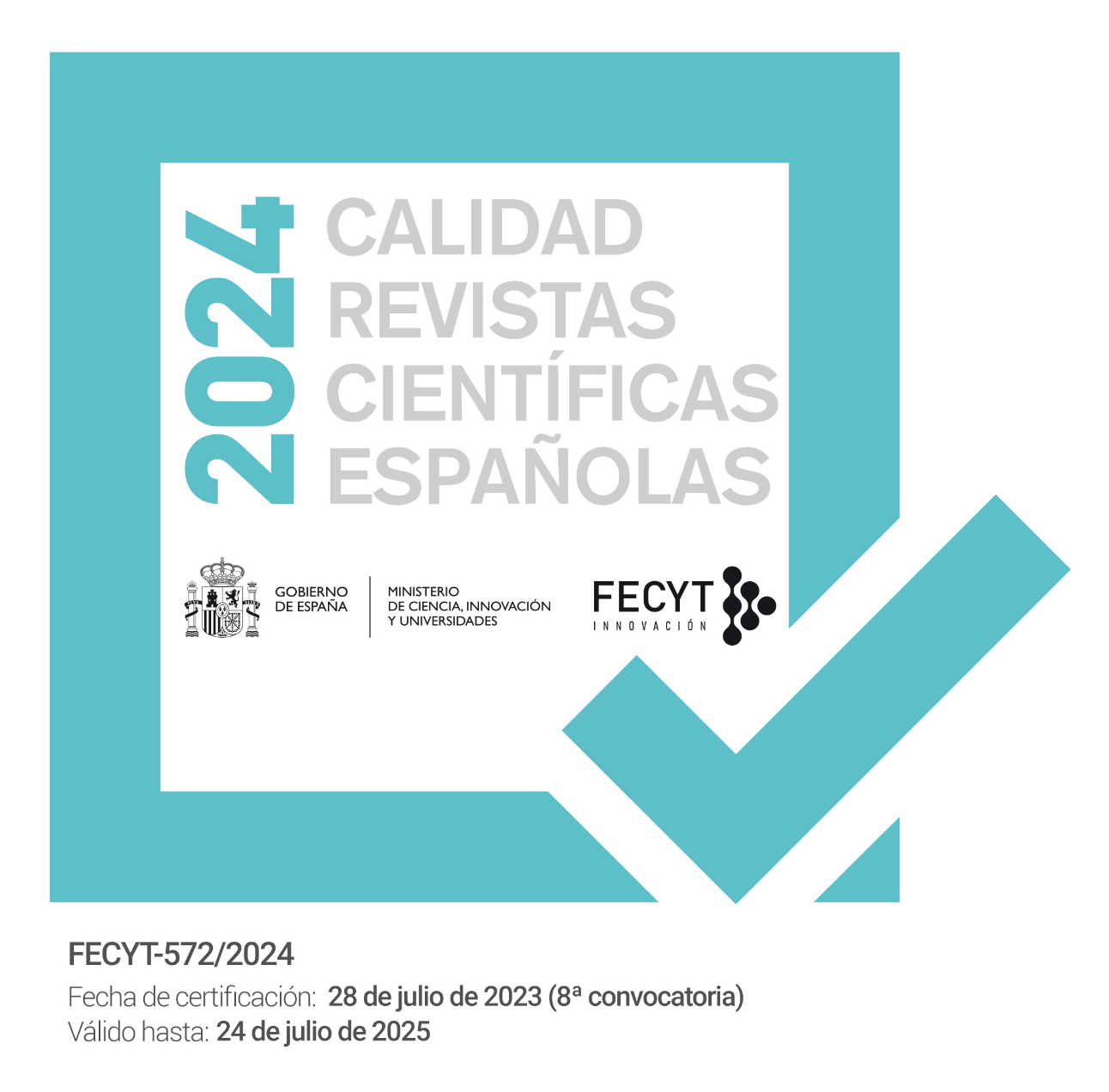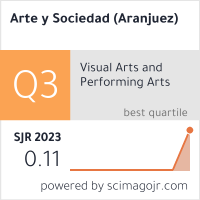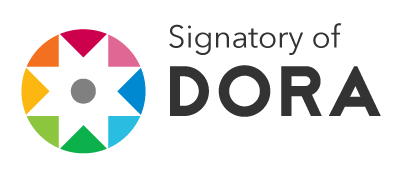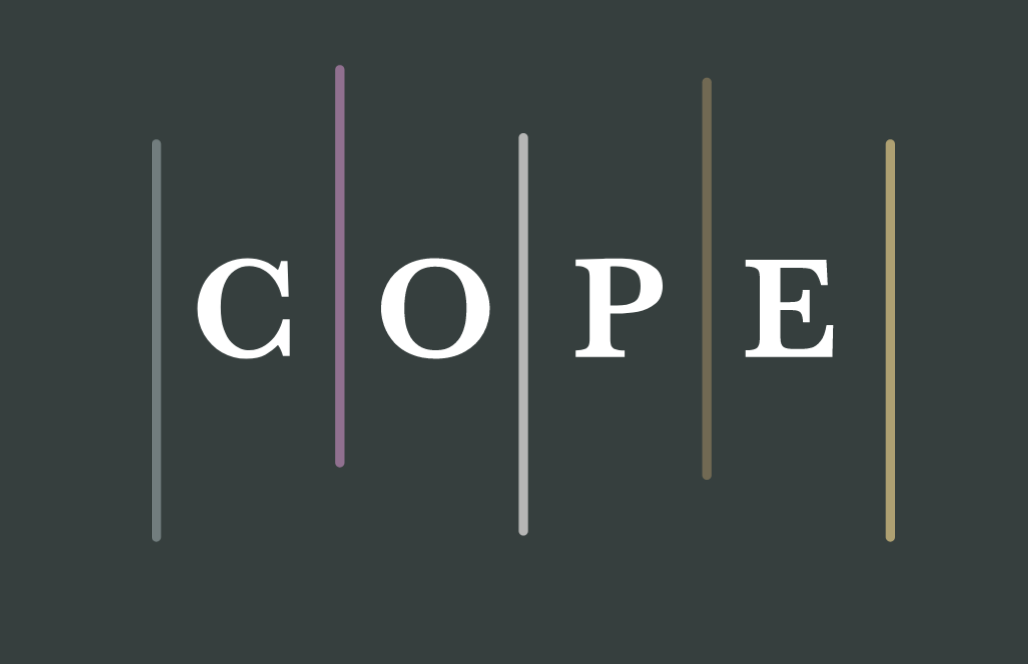Analysis metodology of the character in the fiction poscast
case study
DOI:
https://doi.org/10.5281/zenodo.8183058Keywords:
Radio, Radio Fiction, Podcast, Radio Script, Audio-visual AnalysisAbstract
The main objective of this paper is to propose a methodology to analyze the characters in radio fiction, based on the updating of previous methodologies of audiovisual narrative and its adaptation to the medium and radio language. This methodology is applied in a specific case study: the serial “Negra y Criminal”, directed by Mona León Siminiani (Cadena Ser, Podium Podcast, 2016-2019). The aim is to evaluate the effectiveness of the methodology and to explore the resources used to create characters in this production. A methodology for the analysis of the radio character is proposed based on the method by Casetti and Di Chio (2007), adapted for the radio medium by Guarinos (2009). The main conclusion is that radio dramatic fiction can afford the creation of round, complex characters, with dimensionality and volume. The fictional radio character can be studied from the perspective of audiovisual narrative, considering the nature of the medium in which it will develop. As a particularity would remain its articulation from a single raw material: the sound and its wide variety of expressive resources. This determining factor becomes especially notable in the recreation of the physical materiality of the character.
References
Alonso De Santos, J. L. (1998). La escritura dramática. Castalia.
Balsebre, A. (1994). El lenguaje radiofónico. Cátedra.
Balsebre, A. (2002). Historia de la Radio en España. Volumen II (1936-1985). Cátedra.
Bentley, E. (1982). La vida del drama. Paidós.
Blacker, I. (1993). Guía del escritor de cine y televisión. Universidad de Navarra.
Bobes, M. C. (1990). El personaje novelesco: cómo es, cómo se construye. En M. Mayoral (Coord.), El personaje novelesco (pp. 43-68). Cátedra.
Casetti, F. y Di Chio, F. (2007). Cómo analizar un film. Paidós.
Camacho, L. (1999). La imagen radiofónica. McGraw Hill.
Colmeranejo, J. P. y Martínez-Costa, M. P. (2021). El poder de la creación de imágenes sonoras: cómo la radio contó la crisis del euro. Ámbitos. Revista Internacional de Comunicación, (54), 71-83. http://dx.doi.org/10.12795/Ambitos.2021.i54.04
Comparato, D. (1992). De la creación al guión. IORTV.
Chatman, S. (1990). Historia y discurso. La estructura narrativa en la novela y el cine. Taurus.
Chion, M. (1988). Como se escribe un guión. Cátedra.
Dyer, R. (2001). Las estrellas cinematográficas. Paidós.
Egri, L. (1946). The art of dramatic writing. Simon & Schumster.
Field, S. (1995). El libro del guión. Plot.
Forster, E. M. (1983). Aspectos de la novela. Debate.
Galán Fajardo, E. (2007). Fundamentos básicos en la construcción del personaje para medios audiovisuales. Enlaces: revista del CES Felipe II, 7. https://bit.ly/421aKBF
García Jiménez, J. (1993). Narrativa audiovisual. Cátedra.
Guarinos, V. (2000). Géneros publicitarios radiofónicos: últimas tendencias. Questiones publicitarias, (8), 26-35. https://bit.ly/3NfkNyU
Guarinos, V. (2009). Manual de narrativa radiofónica. Síntesis.
Guarinos, V. (2017). La ficción monumental de la radio actual en España. Las adaptaciones sonoras cinematográficas. Revista de la Asociación Española de Investigación de la Comunicación, 4(7), 137-148. https://doi.org/10.24137/raeic.4.7.14
Guarinos, V., Ramírez-Alvarado, M. y Martín-Pena, D. (2023). Ficción sonora y creatividad verbodependiente. Microrrelatos sonoros sin palabras. Revista Latina de Comunicación Social, (81), 332-352. https://www.doi.org/10.4185/RLCS-2023-1949
Linares de Palomar, R. y Neira Borrajo, E. (2016). Serial, el programa radiofónico que resucitó el podcasting. Área Abierta, 17(1), 73-82. https://doi.org/10.5209/ARAB.53356
Magadán-Díaz, M. & Rivas-García, J. I. (2020). El audiolibro en España: ¿industria o modelo de negocio? Profesional de la información, 29(6), 1-13. https://doi.org/10.3145/epi.2020.nov.25
Martí, J. M. (1990). Modelos de programación radiofónica. Feedback.
Martínez-Costa, M. P. y Herrera Damas, S. (2004). Los géneros radiofónicos en la teoría de la redacción periodística en España. Comunicación y Sociedad, 17(1), 115-143. http://hdl.handle.net/10171/8096
McLeish, R. (1986). Técnicas de creación y realización en radio. IORTV.
Miccichè, L. (1979). La ragione e lo sguardo. Saggi e note sul cinema. Lerici.
Moreno, E. (2005). Las radios y los modelos de programación radiofónica. Comunicación y Sociedad, 18(1), 61-111. https://hdl.handle.net/10171/8217
Muela Molina, C. (2012). La representación de la ficción en la cuña publicitaria. Personajes, contextos y otros elementos narrativos. Área Abierta, 12(1), 1-15. https://doi.org/10.5209/rev_ARAB.2012.v31.38969
Pérez-Rufí, J. P. (2016). Metodología de análisis del personaje cinematográfico: Una propuesta desde la narrativa fílmica. Razón y Palabra, 20(95), 534-552. https://www.redalyc.org/articulo.oa?id=199550145034
Piñeiro Otero T. (2015). Los ‘Radio Studies’ en España. Tres décadas de investigación en las revistas académicas de Comunicación. Estudios sobre el Mensaje Periodístico, 21(2), 1169-1188. https://doi.org/10.5209/rev_ESMP.2015.v21.n2.50909
Rodero Antón, E. (2005). Recuperar la creatividad radiofónica. Razones para apostar por la radio de ficción. Anàlisi: Quaderns de Comunicació i Cultura, (32), 133-146, https://raco.cat/index.php/Analisi/article/view/15176
Rodero Antón, E. (2018). El peso creciente de la voz y el sonido para comunicar en la era digital: el protagonismo de la oralidad. Anuario AC-E de Cultura Digital, 80-94. https://bit.ly/3K1A2t0
Rodero Antón, E. y Sánchez Serrano, C. (2007). Radiografía de la radio en España. Revista Latina de Comunicación, (62). https://bit.ly/3LCIzno
Rodríguez Bravo, A. (2011). Narrativa radiofónica: ritmos, duraciones y arquitecturas sonoras. En F. García y M. Rajas (Coord.), Narrativas audiovisuales: los discursos (pp. 239-260). Icono 14.
Ruiz Gómez, S., Alcudia Borreguero, M. y Legorburu Hortelano, J. M. (2022). Radio y podcast: la nueva vida de la ficción sonora en España (2012-2021). Austral Comunicación, 11(2), 1-30. https://doi.org/10.26422/aucom.2022.1102.gom
Seger, L. (1991). Cómo convertir un buen guión en un guión excelente. Rialp.
Seger, L. (2000). Cómo crear personajes inolvidables. Paidós.
Tomashevski, B. (1982). Teoría de la literatura. Akal.
Vale, E. (1989). Técnicas del guión para cine y televisión. Gedisa.
Valverde-Maestre, Á. M. y Pérez-Rufí, J. P. (2021). Sex Education (Netflix): representación de adolescents LGTBIQ+ como recurso dramático. Zer, 26(50), 167-184. https://doi.org/10.1387/zer.22528
Vernet, M. (1986). Le personnage de film. Iris, 7, 81-110.

Published
How to Cite
Issue
Section
License

This work is licensed under a Creative Commons Attribution 4.0 International License.
You are free to:
Share — copy and redistribute the material in any medium or format.
Adapt — remix, transform, and build on the material for any purpose, including commercial.
Attribution — You must properly acknowledge the authorship, provide a link to the license, and indicate if any changes have been made.
You may do so in any reasonable manner, but not in any way that suggests that you endorse or receive any endorsement by the licensor for your use.
No additional restrictions — You may not apply legal terms or technological measures that legally restrict you from doing what the license allows.

